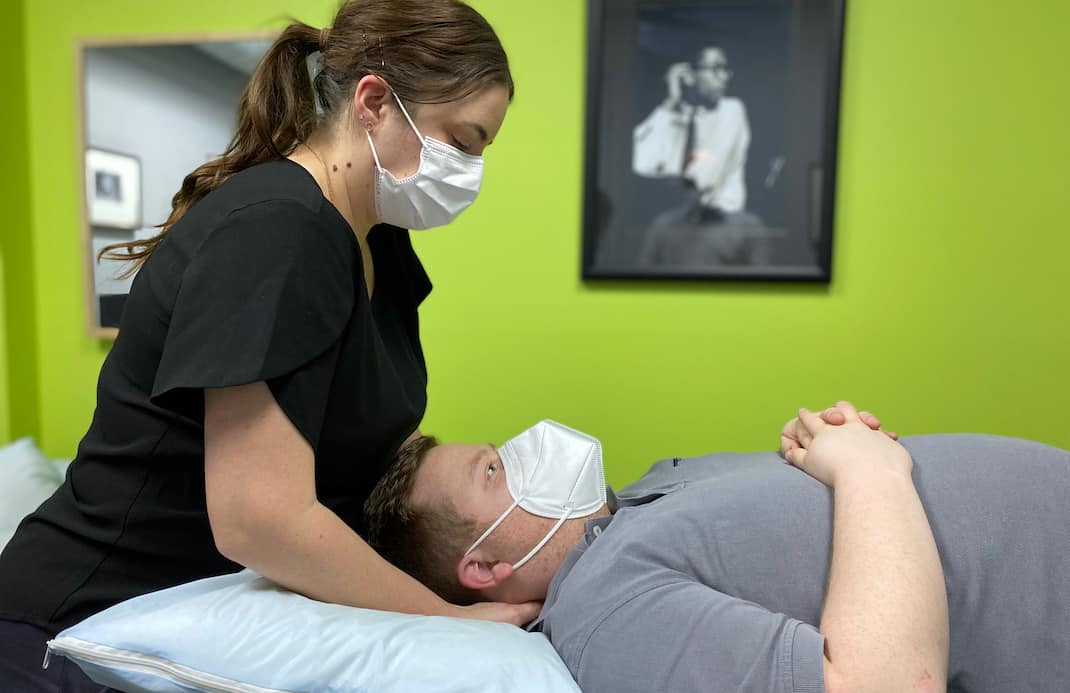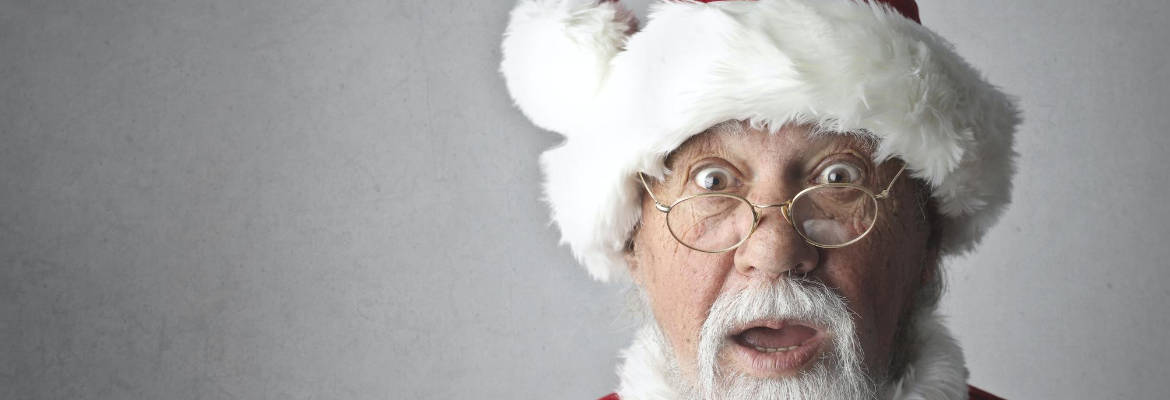In part 3 of our ‘use it or lose it’ series, Lisa Vernon explains how bone tissue fits this concept and the consequences of not using it enough. And using it too much!
It is easy to think of bone tissue as static and unchanging, but it couldn’t be further from the truth.
Says Lisa:
Bone is a living and adaptable tissue. Bone likes to be given some stress, it responds well to some stress. Just like muscle, tendons, brains and hearts.
At one end of the spectrum, if bone is overloaded and or it hasn’t had an opportunity to adapt to a certain amount of activity, stress reactions can occur in bone, and stress fractures can be the end consequence of this (speak with Tobey about that one!)
There are also consequences to not using bone enough. Lack of use / loading / stress is one of the key causes of osteopenia and osteoporosis.
Osteoporosis occurs when bones lose minerals, such as calcium, more quickly than the body can replace them, causing a loss of bone thickness / density / mass (Osteoporosis Australia 2014).
This makes bones brittle, therefore making them more susceptible to fracture.
According to Osteoporosis Australia (2014);
• 4.74 million Australians over 50 have osteoporosis or poor bone health.
• There is 1 fracture every 3.6 minutes in Australia (2013).
• 144,000 fractures occured due to osteoporosis or osteopenia in 2013.
• Over the next 10 years, the total cost of osteoporosis and associated fractures is estimated to be $33.6 billion.
Thankfully, one of the main non-pharmaceutical measures to combat bone density loss is something that is in your control – exercise.
Exercise helps to build and maintain strong bones, particularly weight bearing exercise such as walking, running, lifting weights or dancing.
In order to prevent and control osteoporosis, the International Osteoporosis Foundation recommends doing:
weight bearing exercise for 30 minutes x 3 to 5 days / week
muscle strengthening / resistance training x 2 days / week
Klibanski et al. (2001) state that regular exercise, especially resistance and high-impact activities, contributes to development of high peak bone mass and may reduce risk of falls in older persons.
Adequate calcium and vitamin D intake is crucial to develop optimal peak bone mass and to preserve bone mass throughout life.
So if you are concerned that you might be at risk of osteoporosis, don’t wait until tomorrow – DO SOMETHING ABOUT IT NOW!!!!!!
As you can see, there are plenty of exercise options that you can do yourself.
We can help out with creating a Pilates programme for you that is customised with weightbearing and resistance exercise.
Kinetic link training is another great option – it doesn’t require a gym membership, or anything more than simple equipment, and it can be done at home.
Here is a link to a blog article that Kirsty wrote about it recently – it is just a matter of putting together a routine of exercises and you are good to go!
Please give us a call if you would like to know more!
And remember, like Lisa and Kirsty like to say:
It doesn’t matter how slow you go….. you are still lapping everybody on the couch!
Klibanski, A, Adams-Campbell, L, Bassford, T, , Blair, S, Boden, S, Dickersin, K, Gifford, D, Glasse, L, Goldring, S, Hruska, k, Johnson, S, McCauley, L & Russell, W 2001, ‘Osteoporosis prevention, diagnosis, and therapy’, Journal of the American Medical Association, vol. 285, no. 6, pp. 785-795.
Osteoporosis Australia 2014, Statistics and Burden of Disease, Osteoporosis Australia, viewed 23 November 2016
Osteoporosis Australia 2014, What is it, viewed 23 November 2016, <http://www.osteoporosis.org.au/what-it>.















